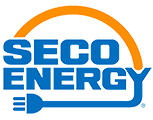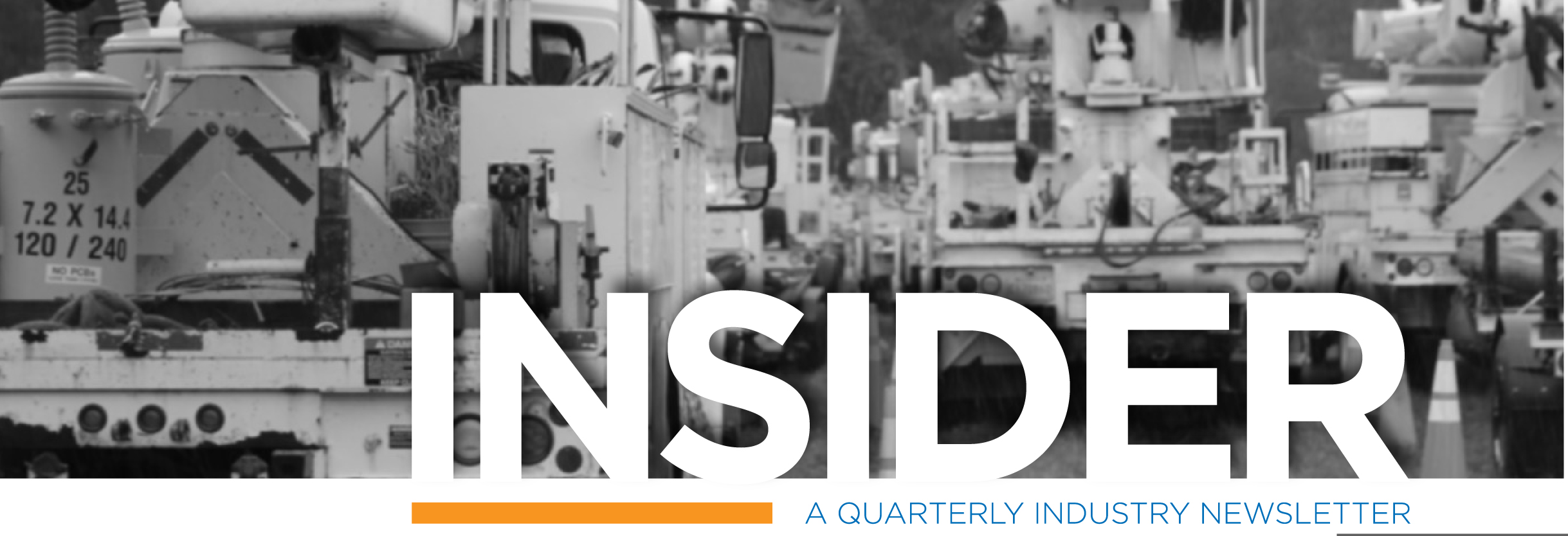Energy Insider – 2nd Quarter 2023
The Energy Insider is a publication intended to bring topics to the forefront that will provide you and your business value. Our attempt to meet that expectation has resulted in the recent burgeoning of articles on topics such as electric vehicles (EVs), renewable energy generation, COVID-19, supply chain issues and how the Affordable Care Act will affect you and your business.
Furthermore, in February at the NEXT a National Rural Electric Cooperative Association (NRECA) Conference, energy managers from different business sectors were interviewed about their concerns moving forward in the energy industry. There was a near consensus that two of the growing concerns were the increasing cost of electricity and grid resiliency in our current landscape. So, I would like to touch on these concerns with you, SECO Energy’s Key Accounts membership.
Transmission Infrastructure Growth
In the third quarter of 2022, we discussed the pros and cons of renewable energy. Admittedly, this article focuses more on solar generation. The key concerns discussed were environmental with production and disposal, struggling efficiencies being of roughly 20 percent efficient, and the utilization of solar as a supplemental piece and not the primary form of generation. However, renewable energy has another large obstacle: high-voltage transmission lines. Studies indicate that to accomplish 100% renewables, state and national grid operators need to double or triple the current high-voltage transmission infrastructure footprint. As my grandfather often says, “talk is cheap.” Many things in life are easier said than done. This may be one of those such things.
According to Jean Reaves Rollins, the president of the Atlanta-based consulting firm C Three Group, between 2008 and 2021 the United States’s transmission infrastructure grew by approximately 1,700 miles of ≥ 230kV lines per year. There are currently have 240,000 miles of high-voltage transmission lines throughout the U.S. That means reaching the goal of doubling the high-voltage transmission lines by 2050 would take an increase of 7,000 miles of constructed line per year starting in 2023 to accomplish this feat. That is quadrupling the current annual construction average of high-voltage transmission lines for the next 27 years.
Now, I’m not one to quelch the American Spirit ideology that anything is possible, but that significant mile-of-line increase is unlikely given the increases in cost to construct that amount of infrastructure. Mr. Robert Bryce chronicles in his article, ‘Out of Transmission’, that many of these projects remain held up in litigation for a decade or longer. Some even succumb to state, county, city, and/or citizen objections. These types of projects incur numerous challenges, and this is a modest attempt to shed light on just a couple of challenges they face.
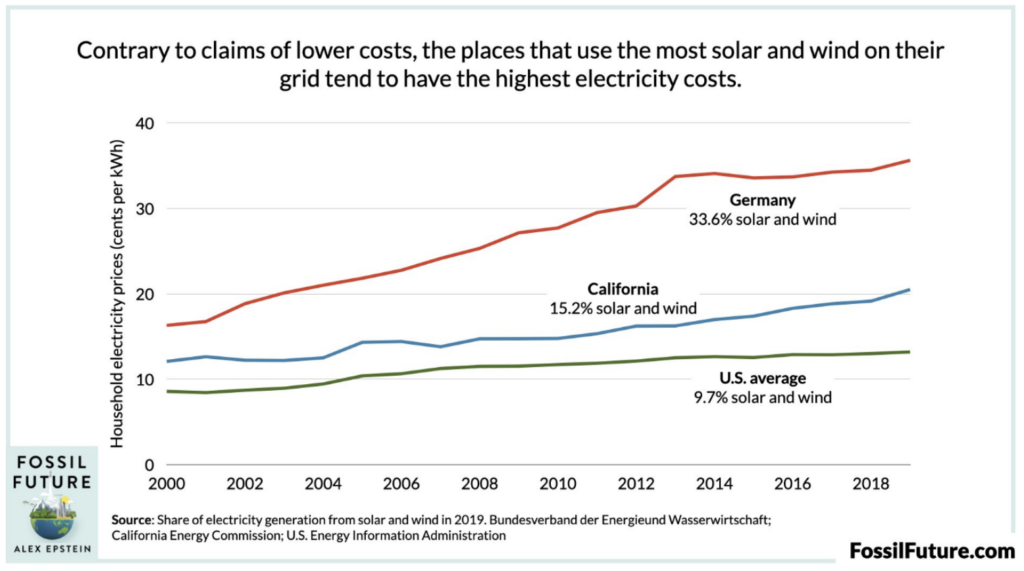
That said, one may wonder, “So, I thought my electric provider is supposed to give us encouragement that things were under control and our energy future is secure?” Well, we’re heading to a crossroads in the energy industry. Do we go down the path of utopian climatologists pushing the propaganda of “it’s 100% renewables or an absolute dystopian nightmare” or are we going to succumb to big oil and coal with a complete disregard for clean air to breathe and waterways for safe drinking water? Does it have to be a Faustian bargain?
Apart from population control theorists, few people want to see the loss of life due to deteriorating environmental conditions, or the increases in costs incurred for 100% adoption of renewable energy generation will cause and subsequently decrease the number of people able to obtain an affordable product that is crucial for poverty alleviation, economic growth, and enhanced living standards. Apart from population control theorists, few people want to see lives lost due to deteriorating environmental conditions or increased costs from a 100% adoption of renewable energy generation. This ultimatum will decrease the number of people able to obtain affordable energy which is crucial for poverty alleviation, economic growth, and enhanced living standards.
Safe Power Generation Sources
According to ourworldindata.org, nuclear power generation is the second safest form of power generation. The UN has produced statistics that show there is more radiation in the food that we eat than from what Chernobyl expels. Why is this important? Because there is a recent technology out there called Small Modular Reactors (SMR), nuclear generation on a much smaller scale, that could revolutionize the energy sector. These SMRs are promising simplified engineering at lower costs than the larger nuclear generation sites of yesteryear. These costs are projected to be down to around $40 – $65/mWh compared to $131 – $204/mWh. However, a recent DOE (Department of Energy) study has provided a report that says 80% of retired coal fired power plants can be retrofitted to SMR generation. That means these generators could also tie right back into the high-voltage transmission infrastructure that is currently present at each location. This retrofit would present significant cost savings that come naturally with owned property acquisition and pre-existing power line construction to facilities at the site. The proposed $40 – $65/mWh mentioned above could well be an overestimation of cost.
“Our energy future and its costs are concerns for everyone involved.”
Nuclear is a carbon-free form of electric generation and the total amount of nuclear waste produced from all power generation in the United States can fit on a piece of land/building the size of a football field and stacked 50 feet high. The new fission designs are safer and more cost-effective than the currently utilized technology. This seems to be a win-win for all involved and could be the answer to the growing concerns about the increase in energy costs and future energy needs.
Our energy future and its costs are concerns for everyone involved. There seems to be a continual impasse of something new around each corner that dampens the thunder of renewable energy’s advantage. The most recent are the studies providing evidence that our high-voltage transmission infrastructure will need to be doubled and possibly tripled from its current footprint. To reach the 100% renewable energy generation goal by 2050, the U. S. will need to quadruple the annual average miles of constructed high-voltage transmission lines every year from 2023 – 2050. Cost factors aside, the difficulty of gaining easements to build such large structures within this timeline makes its attainment doubtful. The answer doesn’t have to be all or nothing; it can be, yes, all the above.
We can do things safely, less intrusive, carbon-free and with less pollution. Nuclear energy carries risks, but so does every form of power generation. There is an inherent risk to everything, but it doesn’t mean the future can’t be safer and more eco-friendly. This includes the advent of SMR generation which is promised to be smaller, safer, cheaper and a retrofittable option. SMRs seem to be a promising part of that equation. We will continue to learn more as the days and years pass by, and you may never know where the next big thing in power production comes from, such as the possibility of nuclear fusion. Stay tuned, my friends.
![]()
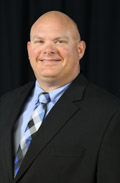
JEFF LIGHT
Manager of Key Accounts & Revenue Programs
OFFICE: (352) 569-9787
CELL: (352) 250-2863
jeff.light@secoenergy.com
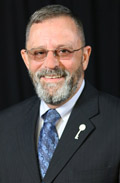
HANK BOLDUC
Key Accounts Consultant
OFFICE: (352) 569-9789
CELL: (352) 303-3546
hank.bolduc@secoenergy.com
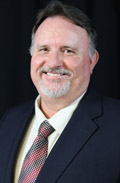
RYON MEYERS
Key Accounts Consultant
OFFICE: (352) 569-9781
CELL: (352) 636-9593
ryon.meyers@secoenergy.com

DUSTIN MERRITT
Key Accounts Consultant
OFFICE: (352) 569-9782
CELL: (352) 303-3183
dustin.merritt@secoenergy.com
